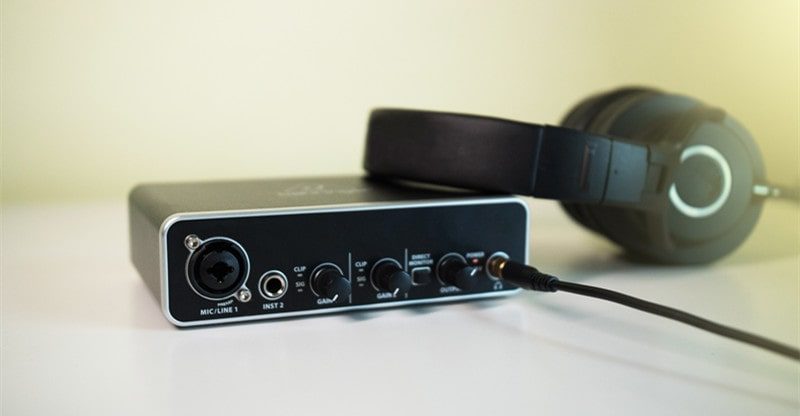How To Choose The Best Behringer Audio Interface For You
Are you in the market for a new audio interface? If so, Behringer might be a good brand to consider. They make some great products that are sure to meet your needs. In this article, we will discuss how to choose the best Behringer audio interface for you. We’ll cover everything from budget to features, so you can make an informed decision before purchasing. Let’s get started!
What is an audio interface and what does it do?
An audio interface is an electronic device that allows a computer to send and receive audio signals. It usually has inputs for microphones and/or instruments and outputs for headphones or loudspeakers. Audio interfaces can also include MIDI ports, which allow the transmission of MIDI data between the computer and other MIDI-compatible devices.
Audio interfaces are used by musicians, producers, sound engineers, and other audio professionals to connect their equipment to a computer. They can be used to record music, mix tracks, or create sound effects. Some audio interfaces also include built-in DSP (digital signal processing) processors, which allow users to apply special effects to their recordings without having to use additional software.
How do you know which audio interface is right for you and your needs?
If you need an audio interface for home recording, then you’ll want one with low-latency monitoring so that you can hear yourself play and sing as you record. You’ll also want a few inputs and outputs to accommodate different microphones and instruments.
If you’re a musician who needs an audio interface for gigging, then you’ll need one with more inputs and outputs to accommodate a band’s worth of instruments. You’ll also want one with high-quality preamps to give your recordings the best possible sound.
What are some of the best Behringer audio interfaces on the market today?
The best Behringer audio interfaces on the market today are the Behringer UMC22 and the UMC1820.
The UMC22 is a 2-in/2-out USB audio interface that has been designed to provide optimal audio performance for home and project studios. It features a wide range of I/O options, including two Neutrik combo XLR/TRS inputs with gain controls, two TRS outputs, MIDI In and Out ports, and a phantom power switch for use with condenser microphones. The Behringer UMC22 also comes with Cubase LE 5 software for recording, editing, and mixing your music projects.
The UMC1820 is an 18-in/20-out USB 2. 0 audio interface that is perfect for use in live sound and studio applications. It features eight Neutrik combo XLR/TRS inputs, eight TRS line outputs, two independent headphone outputs, and MIDI In and Out ports. The UMC1820 also comes with Cubase LE and Nuendo software for recording, editing, and mixing your tracks.
How much should you expect to pay for a quality Behringer audio interface?
Depending on the model, you can expect to pay anywhere from $40-200 for a quality Behringer audio interface. The UMC22 and UMC1820 are two popular models that fall within this price range.
Both of these models offer great sound quality and come with a variety of features that are perfect for home studios or small recording sessions. For example, the Behringer UMC22 has two mic/instrument inputs while the UMC1820 has four. So, if you’re looking for an affordable audio interface that offers good sound quality and plenty of features, either of these Behringer models would be a great option.
How do you set up and use a Behringer audio interface once you’ve purchased it?
Assuming you’ve already purchased a Behringer audio interface, here’s how to set it up and get started using it. First, connect the interface to your computer using a USB cable. Then open your DAW (digital audio workstation) of choice and create a new project. When prompted, select the Behringer interface as your audio device.
Now that the interface is set up and configured, you can start recording audio into your DAW. To do this, simply connect a microphone or other source to one of the Inputs on the interface.



